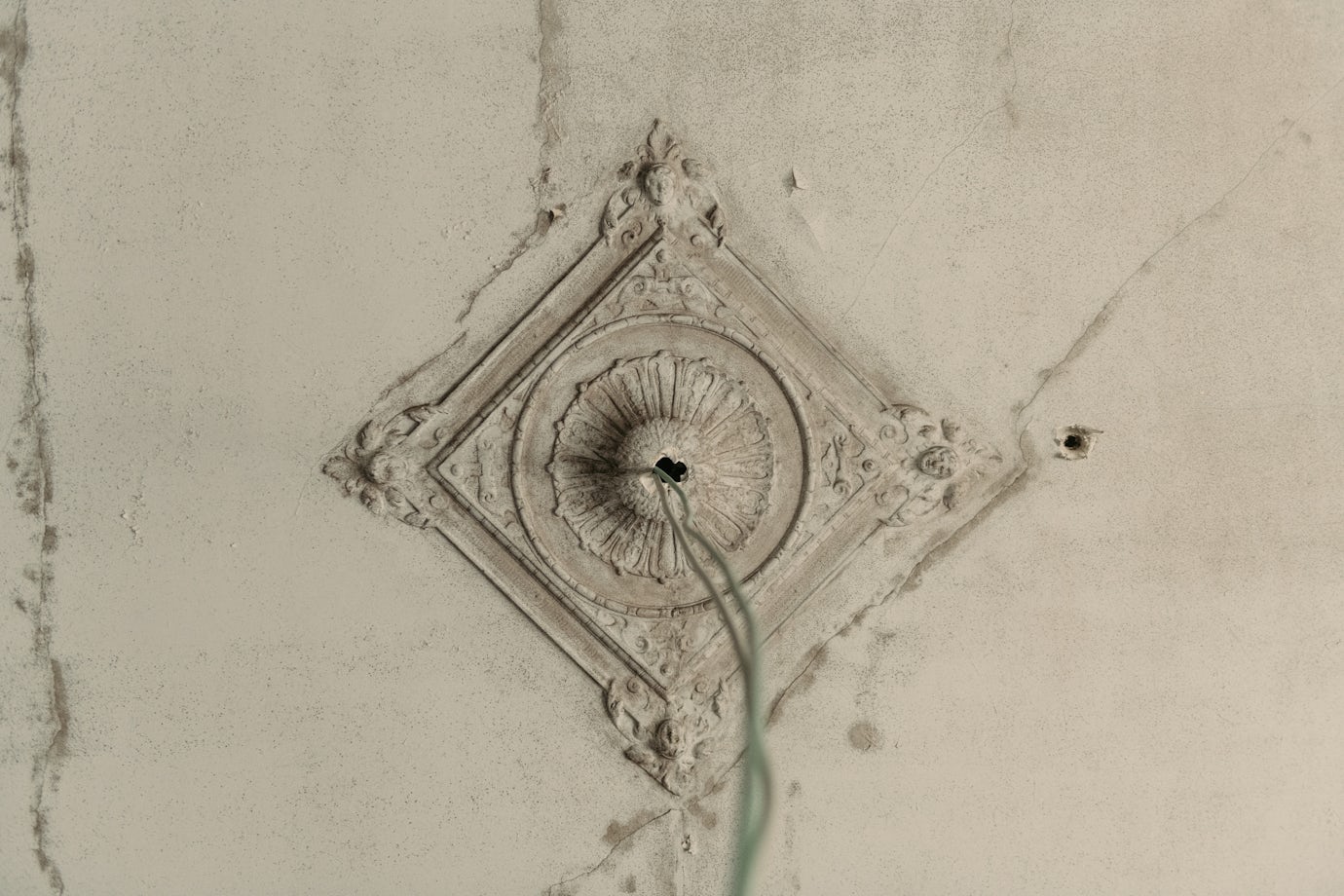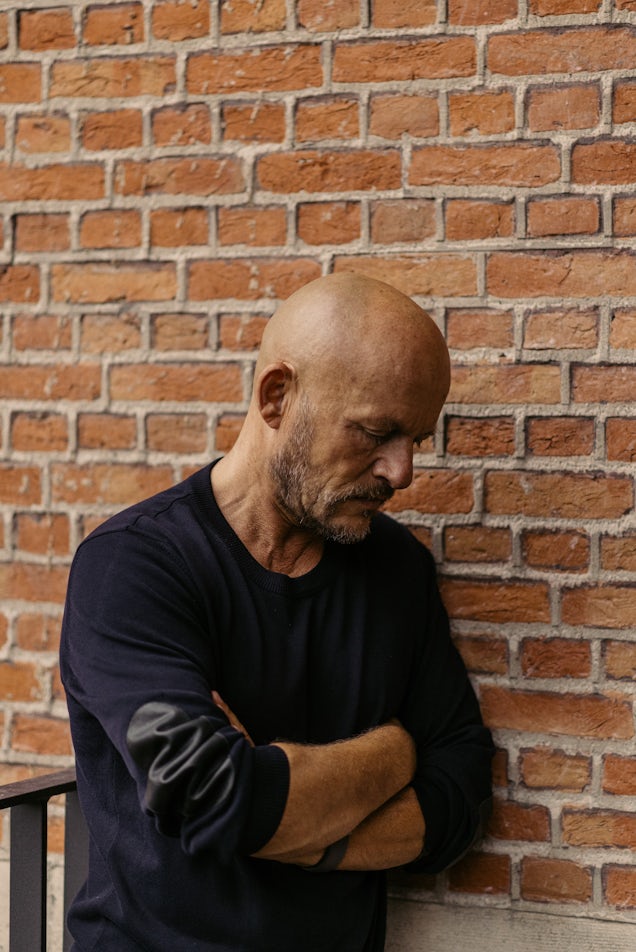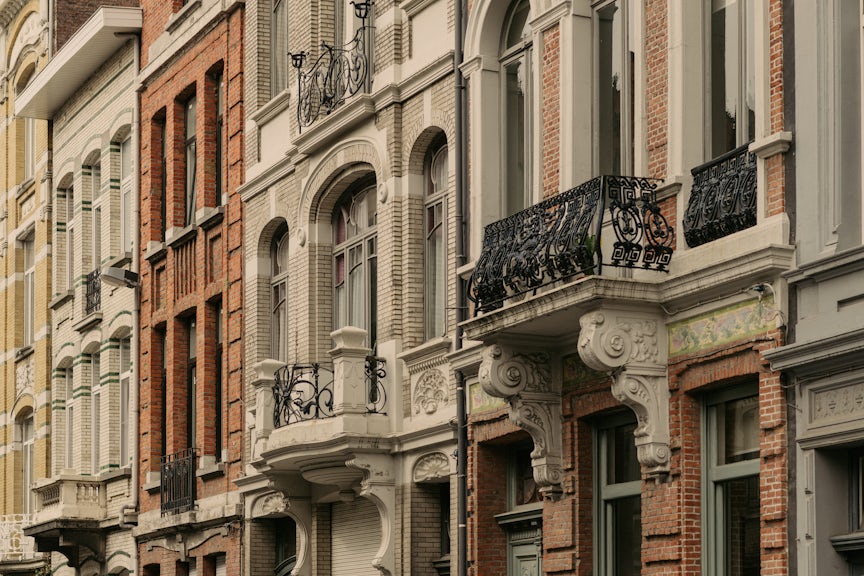
The making of august
A former Augustinian cloister becomes a modern-day sanctuary under the guidance of legendary Belgian architect Vincent Van Duysen in his first-ever hotel project.
words: Sophie Lovell
photographs: Robert Rieger
The story of august begins with Mouche Van Hool, owner of what has to be the most stylish boutique hotel in Antwerp, Hotel Julien, set in one of those beautifully-boned residences in the city center. Van Hool worked in public relations and advertising before she and her husband Laurent De Scheemaecker, a shipping and business lawyer, bought the house and converted it into a hotel. It wasn’t long however before it was exceeding capacity, so they were looking for a new location to add to their portfolio, says Van Hool, “when in 2014 a friend called me about this former cloister in the Green Quarter that was being sold as a hotel project.”
Het Groen Kwartier (the Green Quarter) is a pedestrian- only luxury development on the site of a large 19th- century former military hospital complex that used to belong to the Belgian army. Van Hool and De Scheemaecker saw the potential of the site immediately. The area is a vibrant one with numerous new shops and restaurants and small cafés. It is close to the Zurenborg area, with its stunning Art Nouveau and fin de siècle- style mansions.
“My style is very understated. It is very subtle. It’s timeless. In a way there is a modernity with a hint of conservatism.”
Vincent Van Duysen
A leading figure in the Antwerp design scene, Vincent Van Duysen works in an understated style that clearly stems from the city’s historical architectural cadence.


The august site is a combination of five buildings. The biggest challenge for Van Duysen and his team was to link them together in an optimal way without falling foul of heritage restrictions. The nuns’ former private chapel will be the main lounge and bar area.
There are two terraced townhouses with gardens adjacent to the site, one of which will accommodate a spa complete with an outdoor swimming pool with its own filtering reed bed. The building behind the chapel, which was the nuns’ living quarters, will contain most of the guestrooms, the kitchen, and a guests’ library.
“We have to make sure that the program of the hotel fits in the kind of building that we are interfering with,” he says. “It’s also a challenge for me to design without too much ostentation within this type of building that already has a strong identity.
There were floor tile patterns, for example, which needed to be restored, particularly in the chapel. They are part of an existing aesthetic that determines the kind of style I have to pick up on, yet I still needed to design a hotel that has its own unique features that make it different from any other hotel.”
“When you restore a building, you have to do it with respect,” says Van Duysen, “We have to consider the past as being a beautiful gift. We need to work around it, but in the modern way we are living in now.” The entire project is a labor of meticulous love for the architect: In the end, he says, “the most important thing is that this has to be a place where people can feel calm, comfortable, and at home, but without neglecting the fact that we are still in a place that was sacred.
This sacred soul, or sacred feeling, is still around, and you cannot deny that. You don’t have to have a chapel to disconnect from the noise around you. I call my own home in Antwerp a ‘sanctuary,’ and I’m sure that this will be another sanctuary, which makes me very happy.”
Located at the center of ‘Het Groen Kwartier’.
Walking around in the area surrounding august is surprising. The city harbours some hidden gems, architectural survivors, parks and amazing food shops. You will not be disappointed.
